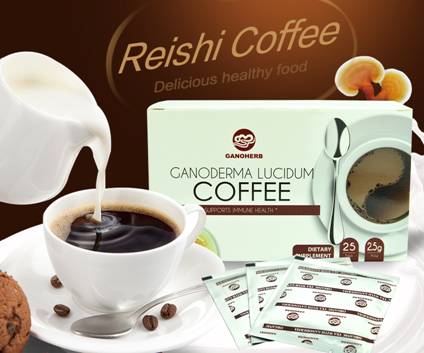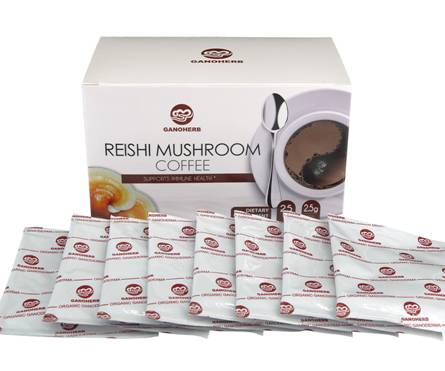A recent survey conducted by Wangdu County Plant Protection Station found that bacterial keratopathies in cold sheds were very serious. The incidence of sheds reached 30%, and the diseased plant rate was almost 100%. Severe larvae had been developed to the middle and upper parts of medlars, affecting the yield of cucumbers. Big. The symptoms and prevention measures of this disease are described below for reference. First, the symptoms It mainly damages leaves, petioles, tendrils and fruits. Seedlings and adult plants can be affected, but mainly adult plants suffer from leaf damage. Seedlings mostly produce water-stained lesions on the cotyledons, which are nearly round, slightly sunken, and yellowish-brown and dry after expansion. In the adult stage, the diseased leaves began to appear as fresh greenish water-stained spots. The expansion was due to the limitation of the veins as polygonal, gray-brown or tan. The lesions on the back of the leaves are polygonal, with oily edges on the edges. After drying, the central lesions of the lesions dry off and become holes. When the skin is wet, it produces milky white pus and leaves a white film after drying. The stems and petioles were infected, the lesions were nearly round water-stained, and they expanded longitudinally along the stem sulcus and showed short strips. The surface also had white bacteria and pus. After drying, there were white marks on the surface. The melons were infected and there were small spots of water immersion. After the expansion, they were irregular or contiguous. The sick department overflowed with a lot of filthy white pus. Juvenile melons are rotted and shed after they become infected. Corner spot disease is easily confused with downy mildew, making the disease unrecoverable. Their differences are summarized as follows: 1. The lesion size is different. The lesions of keratodermatitis are relatively small, usually 4 to 8 mm in diameter. The color is relatively light, grayish, and later lesions are often perforated; the downy mildew lesions are relatively large, generally 10 to 16 mm in diameter, and the color is relatively dark. Yellow brown, lesions are not perforated. 2. The light transmittance of the leaves is not the same. When the diseased leaves were picked off and viewed against the sun, the spotted spot had a light-transmitting feeling, while the downy mildew spot had no light-transmitting feeling. 3. There are differences in the symptoms of the back of the leaf. The lesions around the lesions of the keratoderma lesions are obvious, and sometimes secreted milky white mucous can be seen, while on the downy mildew lesions there is a purple-black moldy layer. 4. The hazard location is also different. In addition to damaging the leaves, keratoses also harm the petioles, stems, melons, etc., while downy mildew generally only harms the leaves. Second, prevention and control measures 1. Use resistant varieties. 2. Choose seeds from disease-free melons and no seedlings. 3. Spray 72% of agricultural streptomycin 4000 times or 200mg of neomycin to the early stage of the disease, and also spray 2% of kasugamycin solution 30mg/L or 40% of bacteria WP wettable powder 600 times. If it occurs at the same time as downy mildew, spray 70% methyl aluminum frost 250 times or 50% toxic copper wettable powder 600 times. Spray once every 7 days or so, spray 3 to 4 times.
Ganoderma Coffee (Reishi Mushroom Coffee/Lingzhi coffee) perfectly combines the tasty Arabica black
coffee and the essence of Ganoderma Lucidum together, delivering the best
product to boost your morning with some extra health benefits.
The organic Ganoderma ingredient of this product comes
from our self-built organic Ganoderma farm located at pristine Mt. Wuyi, one of
the largest Ganoderma origins in China. GanoHerb
has acquired 4 organic certificates from China, the US, Japan, and the EU. We
do not use any chemical fertilizer, herbicide, or pesticide to ensure that not
any chemical contaminants will be left in the products.
This Reishi black coffee tastes just like a good black
coffee, without any mushroom taste whatsoever. It has a mellow taste with
slight bitterness and a nutty and chocolaty aroma. It is perfect for pairing
with snacks such as cookies and cakes. You can also add sugar and creamer depending
on your own preference.
Ganoderma instant coffee is also very easy to make. Each box has 25 sachets. Simply add hot water to the coffee mix and stir thoroughly, a cup of
delicious Ganoderma black coffee will be ready for you in seconds. Not only
does the Ganoderma black coffee taste delicious, it is also good for your
health. Ganoderma has been proven to be effective in enhancing overall immunity,
protecting the liver, improving sleep
quality and relieving stress. It is gluten-free,
lactose-free, and no additives or
preservatives whatsoever, therefore it is
suitable for all people especially for people with low immunity or high stress.
Ganoderma Coffee Ganoderma Coffee,Ganoderma Lucidum Coffee,Reishi Coffee,Reishi Mushroom Coffee,Lingzhi Moffee,Black Moffee Ganoherb International Inc. , http://www.ganoherb.us
